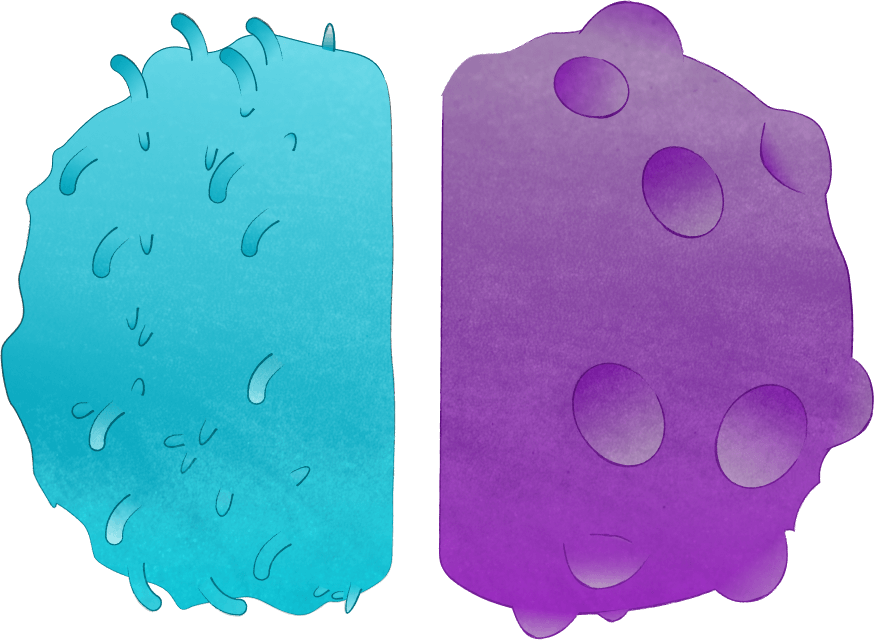T-CELL
APC / TUMOR CELL

Browse Immune Checkpoint Antibodies
Immune checkpoints are regulators of the immune system which prevent the immune system from attacking self-antigens indiscriminately. While this is critical to preventing auto-immune disease it also causes the immune system to be ineffective in eradicating or suppressing cancer. Tumor cells exploit certain immune-checkpoint pathways as a major mechanism of immune resistance, particularly against T cells that are specific for tumor antigens. Because many of these immune checkpoints are initiated by ligand-receptor interactions, they can be readily blocked by antibodies. Blocking these immune checkpoints allows antitumor activity to resume and is among the most promising approaches to activating therapeutic anti-tumor immunity.
Meet Our Leaders
Learn more about the team behind the gold standard in vivo antibodies.
Discover Bio X Cell
Learn more about our proven expertise and comprehensive antibody solutions.
See Our Impact
Discover the Bio X Cell Fund’s mission to improve the health of our community
Explore Our Latest
See our latest articles and whitepapers for scientific insights and ideas
Consult With Bio X Cell to Enable Your Next Breakthrough Discovery
Whether you need antibody customization or high-volume production, Bio X Cell is committed to advancing your therapeutic innovations.
Contact Us